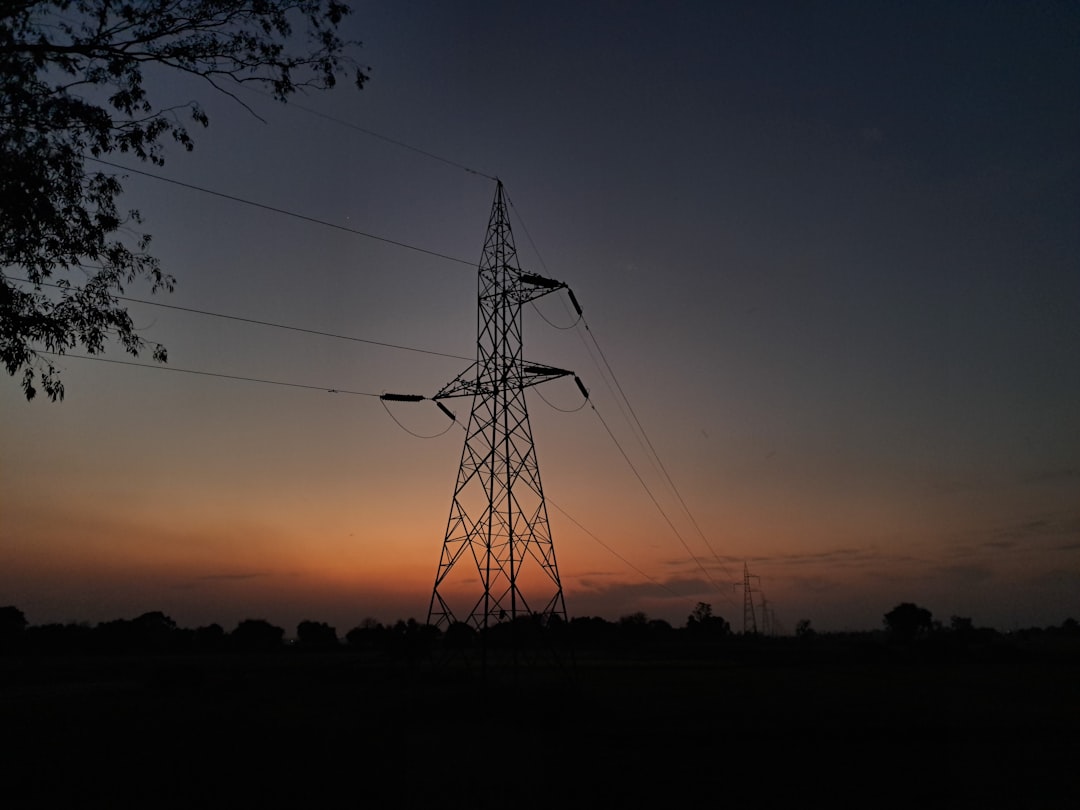- 11 Historic Wildfires That Changed Fire Management Data Reveals - October 4, 2025
- The 1883 Krakatoa Event And Its Global Weather Effects Records Show - October 2, 2025
- How Scientists Use Climate Models To Forecast The Future - October 2, 2025
Rhode Island – The Shocking Leader in Rate Increases
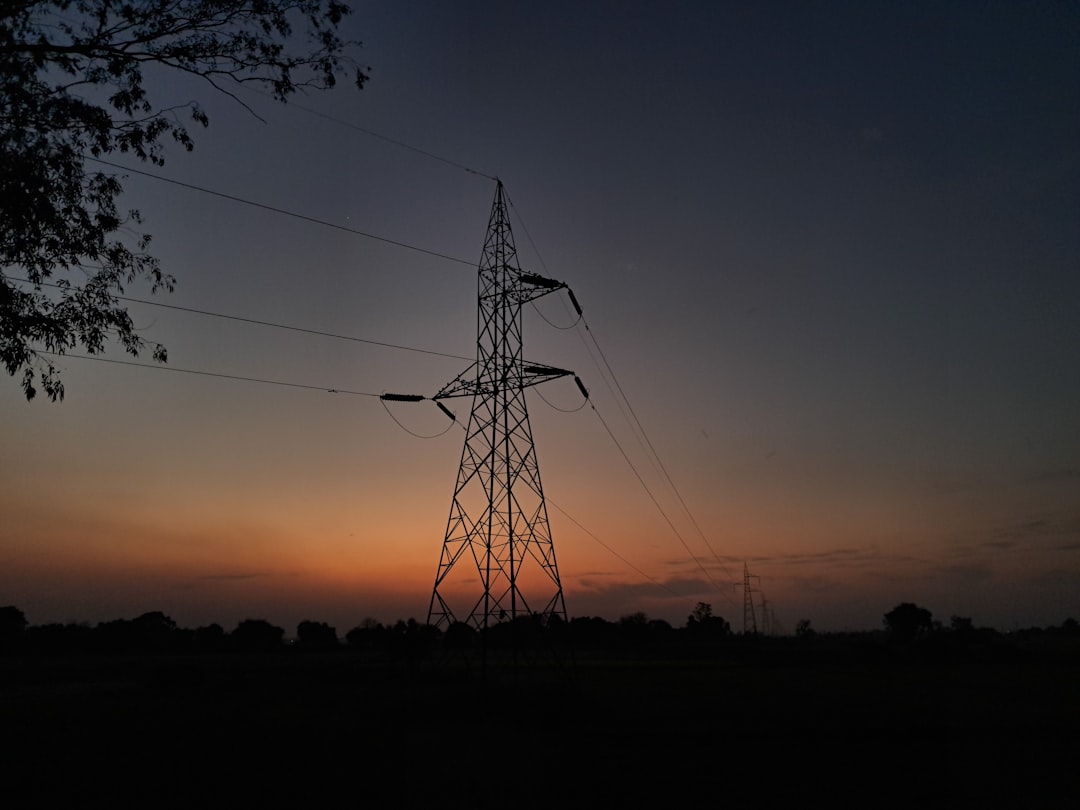
Rhode Island takes the crown for the most dramatic electricity price surge in America. From April 2024 to April 2025, Rhode Island experienced a 23.4% increase, the largest increase in residential electricity prices in the United States. This isn’t just about sticker shock – it’s about families having to choose between keeping the lights on and buying groceries. Climate change means hotter summers requiring more air conditioning, while aging infrastructure struggles to keep up with demand. The state’s coastal location makes it vulnerable to extreme weather events that disrupt power generation and distribution, driving costs even higher.
California – The Golden State’s Expensive Energy Reality
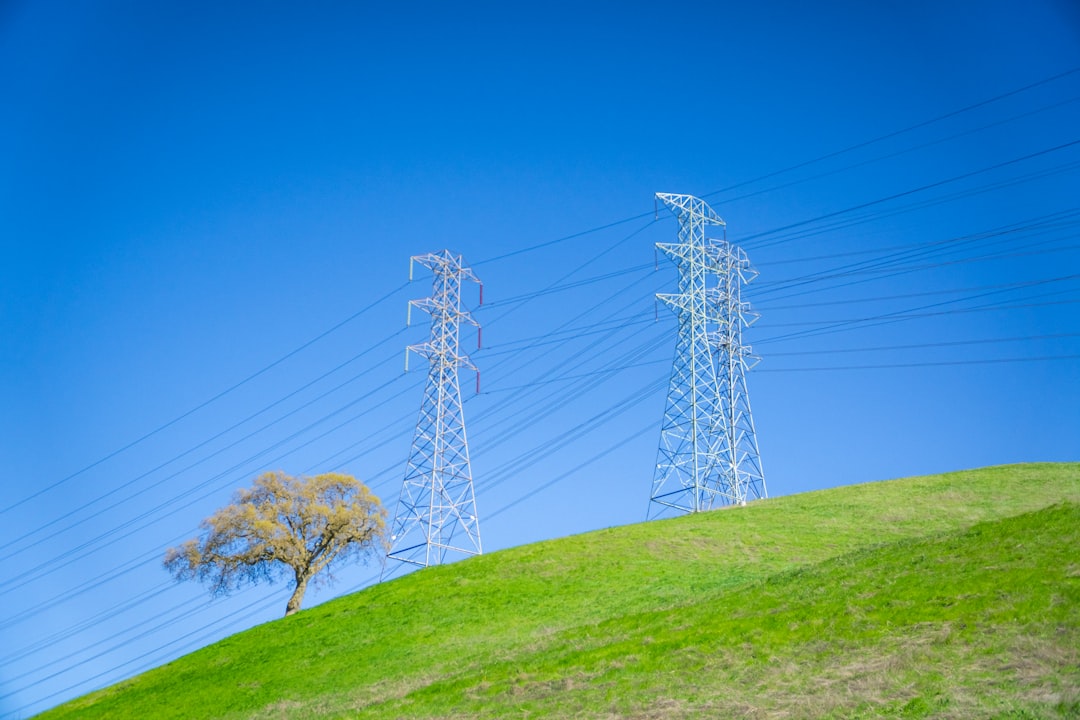
The average electricity rate in California is 31.77 cents per kWh in this month’s report. While California leads in renewable energy production, residents face some of the nation’s highest electricity costs. The state battles multiple climate challenges simultaneously – extreme heat waves in the Central Valley, wildfires that damage transmission lines, and drought conditions affecting hydroelectric generation. The state’s average residential energy usage is 491 kWh per month. This amounts to an average monthly bill of approximately $155.99(31.77 cents x 491 kWh). Think of it like driving a luxury car – you get clean energy, but you pay premium prices for it.
Hawaii – Island Paradise with Mainland-Crushing Bills
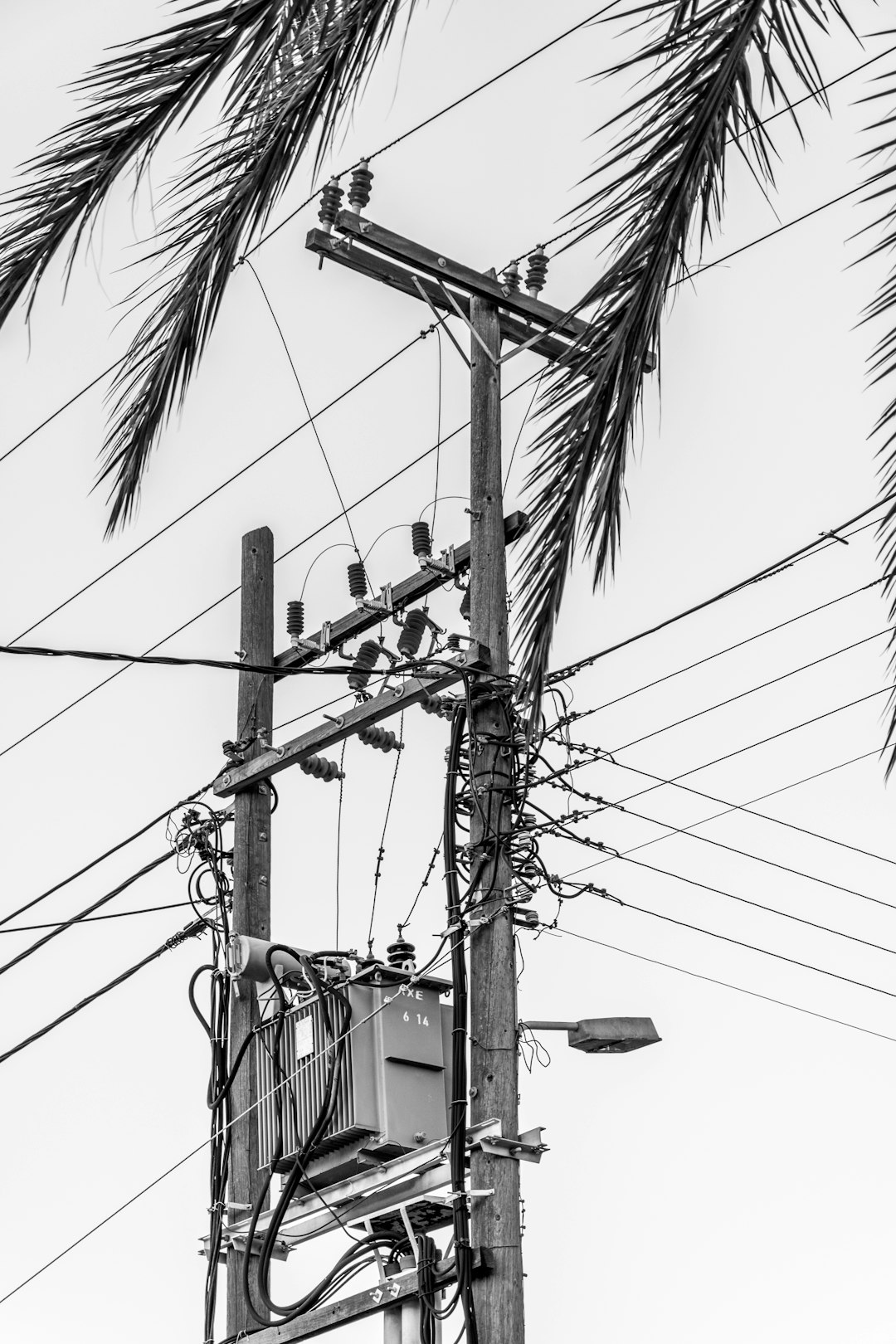
Hawaii is predicted to have the hardest hit, with this year’s household electricity bills reaching astronomical levels. In Hawaii, higher bills stem from the island’s reliance on expensive imported fuel, while Alaskan residents face similar challenges due to remote distribution networks. The isolated geography means Hawaii imports most of its energy, making it incredibly vulnerable to global fuel price fluctuations. When hurricanes threaten shipping routes or oil prices spike, Hawaiian families feel it immediately in their electric bills. Hawaii comes in first place as the state with the highest energy rates by state. As stated by the U.S. Energy Information Association (EIA), for January 2025, the average electricity cost per state (cents per kilowatt-hour) for the highest states.
Maine – Northeast Nightmare for Energy Costs
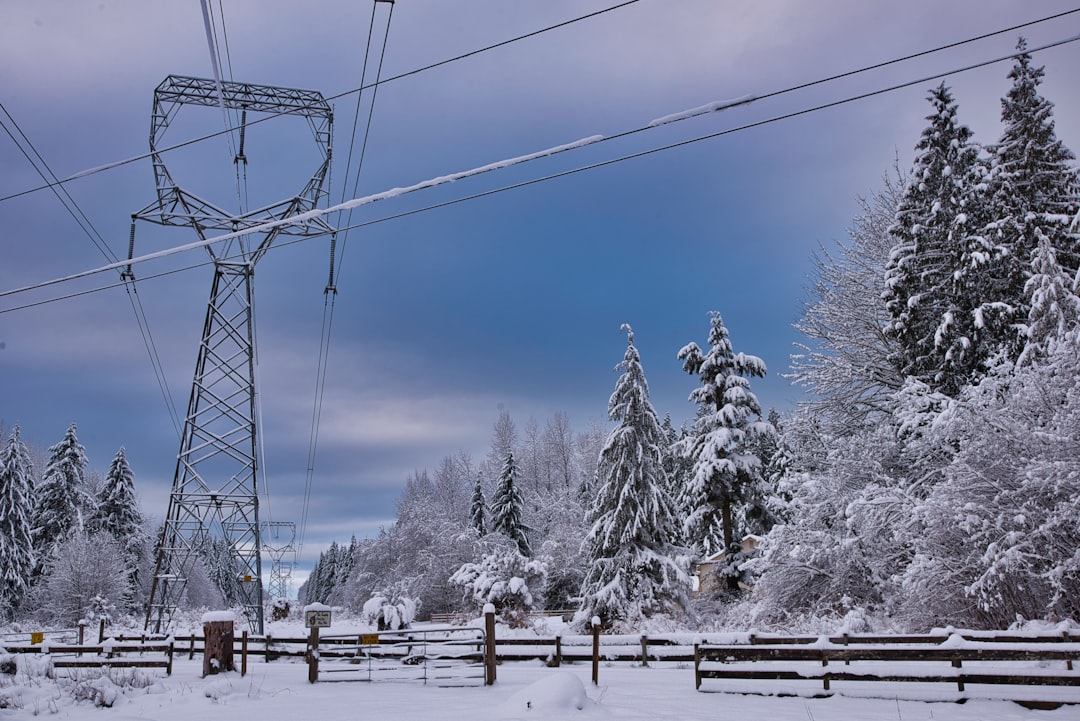
Maine is projected to face the second-highest household electricity bill at $2,383.75, costing 30% less than Hawaii. Despite consuming 1.5 times less electricity annually than the national average, the state is expected to undergo the most substantial price increase among all states at 23.35%. Maine’s aging electrical grid wasn’t designed for the extreme weather events that climate change brings – ice storms that knock out power lines, nor’easters that last for days, and brutal cold snaps that strain the entire system. Picture trying to heat a house with century-old wiring during a blizzard – that’s Maine’s energy challenge in a nutshell.
Connecticut – The Constitution State’s Costly Cooling
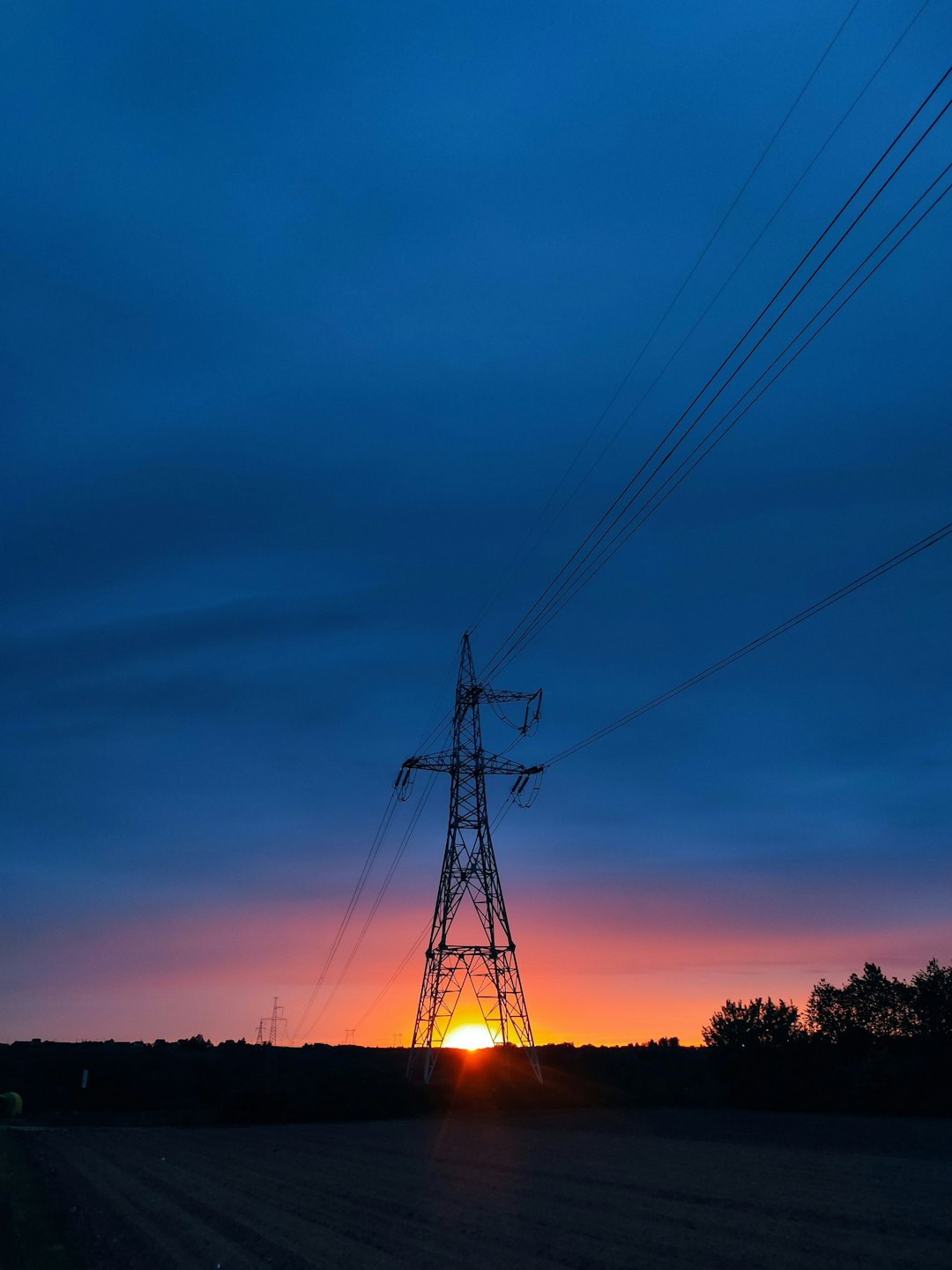
Connecticut follows closely, with residents facing a cost of $2,362.28, a mere five dollars less than Maine, yet $264.13 more than the previous year. The state has launched programs to help residents cope, but the underlying problem remains severe. For example, there’s Connecticut — a state in the Northeast, where electricity generation is generally more expensive for utilities — which launched a financial hardship program last December allowing consumers to avoid shut-offs and receive monthly discounts of either 10% or 50% depending on their income. Connecticut sits in a particularly vulnerable spot where climate change hits from multiple angles – summer heat waves, winter storms, and coastal flooding all threaten the state’s energy infrastructure.
Texas – Everything’s Bigger, Including the Bills
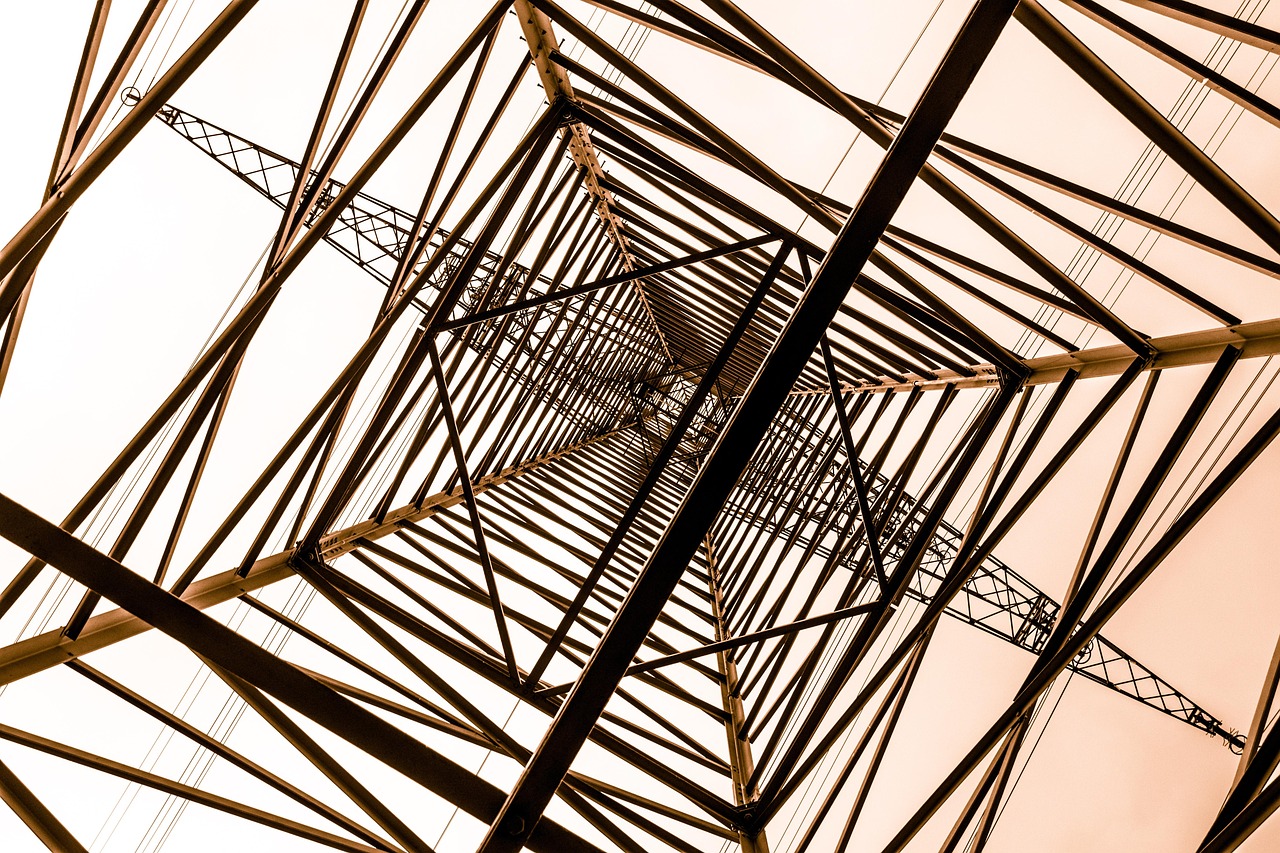
Electric costs this summer will vary geographically, from as low as $581 on average for the season in Wisconsin, Michigan, Illinois, Indiana and Ohio, to as high as $858 in Texas, Oklahoma, Arkansas and Louisiana, the report said. Texas faces a unique challenge – massive population growth combined with increasingly extreme weather. The state’s independent power grid makes it especially vulnerable during crises, as we saw during the 2021 winter storm. The major winter storm in Texas in 2021 led to many different energy disruptions and outages. These weather events can put constraints on the transportation of natural gas for power generation, and many wind turbines froze, which means higher state electricity. Now imagine that scenario playing out in reverse during brutal summer heat waves.
Florida – The Sunshine State’s Shadow of High Costs
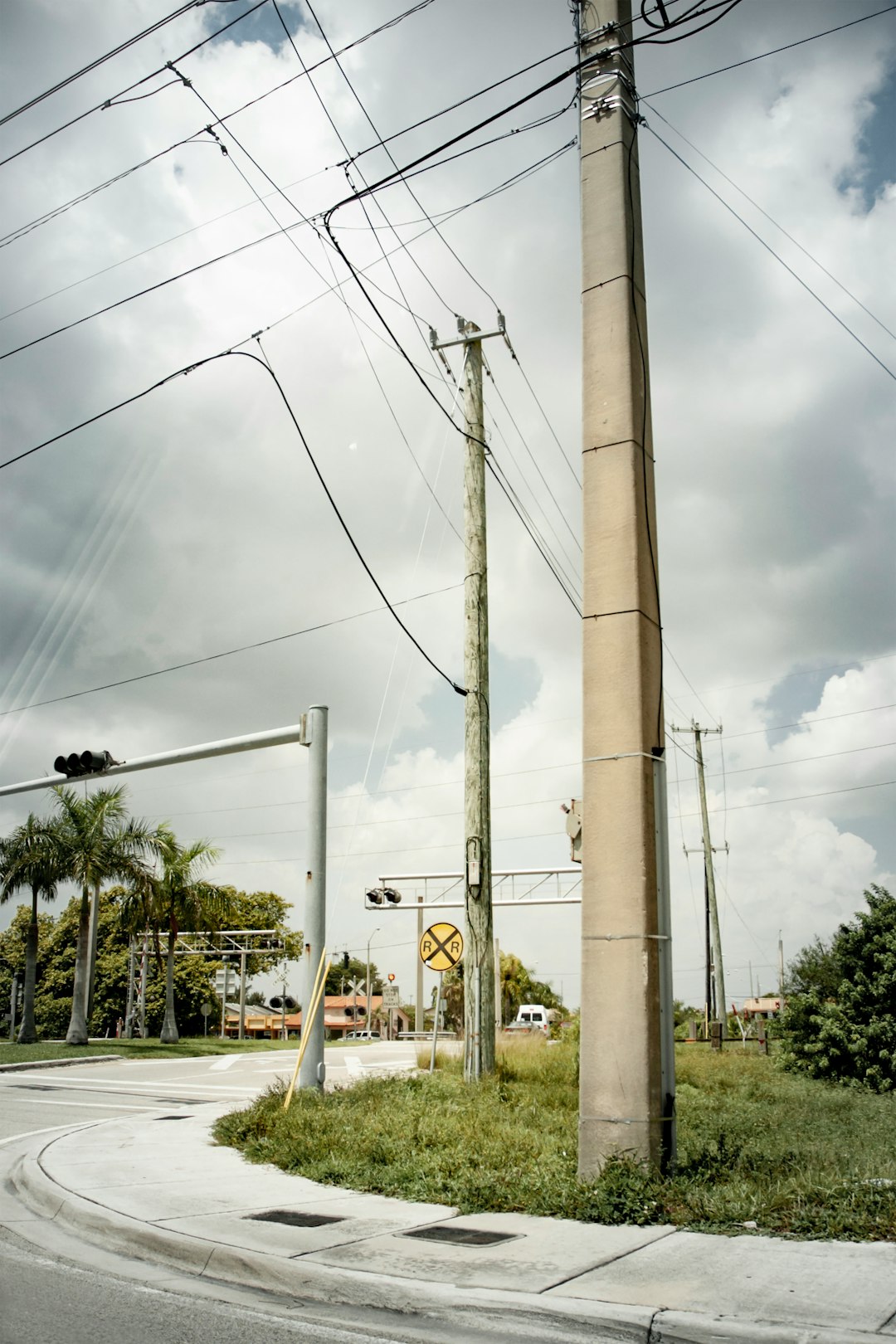
Florida, expected to reach $2,367.14 this year, is also anticipating a price hike of 10%. With their 2023 bill estimated at around $2151.66, residents will now be paying about 16.9 cents per kilowatt-hour. Florida’s geography makes it a sitting duck for climate change impacts. Hurricane season grows longer and more intense each year, while rising sea levels threaten coastal power plants. The state’s massive population of retirees on fixed incomes face impossible choices when electricity bills spike. Already last month, scorching heat and humidity descended on parts of Texas, the Gulf Coast and South Florida. These heat waves arrive earlier and last longer than they used to, stretching cooling seasons beyond what budgets can handle.
Arizona – Desert Heat Meets Electric Bills

Rounding out the top ten is Maryland at $2,265.19, California at $2,196.94, Arizona at $2,190.60, Nevada at $2,132.50, and Alabama at $2,064.63. Arizona represents the perfect storm of climate change consequences. The state endures increasingly brutal summers that seem to stretch from April through October. Phoenix, for example, endured a record-breaking 31 consecutive days of temperatures at or above 110 degrees Fahrenheit. When your outside temperature regularly hits 115°F, running air conditioning becomes a matter of survival, not comfort. Arizona’s situation shows us what happens when climate change meets desert living – electricity bills that can rival mortgage payments.
Maryland – Mid-Atlantic Misery
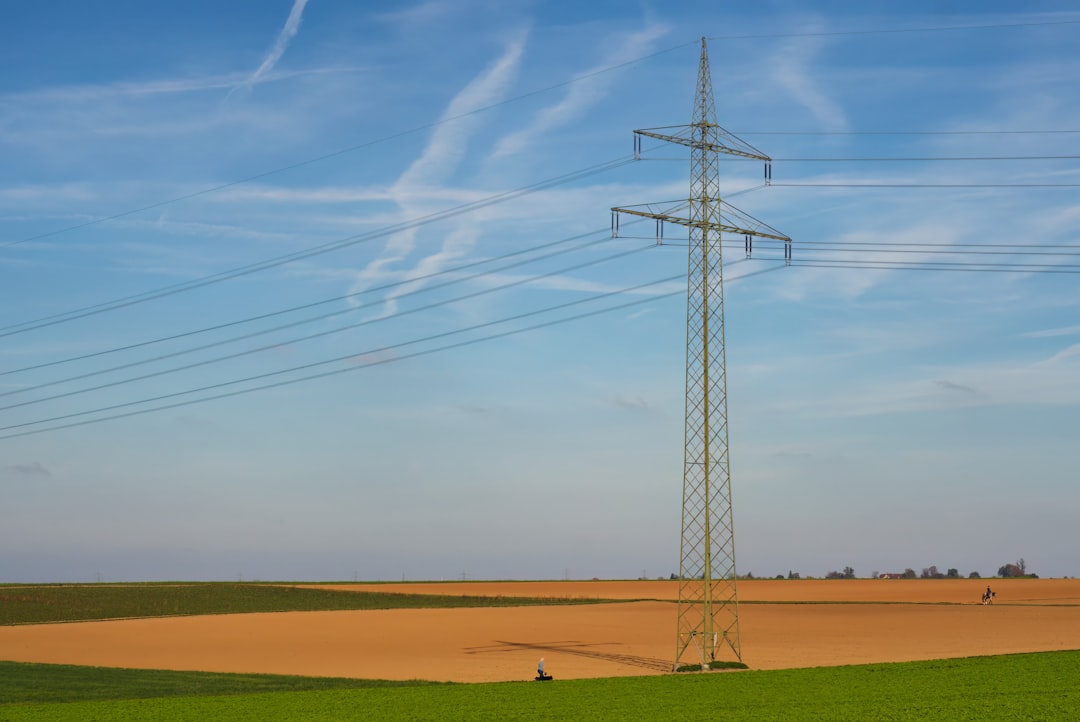
While bills in the latter region are forecast to rise only 1.8%, the mid-Atlantic is expected to see a 12% increase in summer electric bills since last season. Maryland sits in what meteorologists call the “transition zone” – where northern and southern weather patterns collide with increasing unpredictability. This means residents face both sweltering summers requiring massive cooling costs and frigid winters demanding intensive heating. The Chesapeake Bay area’s humid climate makes temperatures feel even hotter, forcing air conditioners to work overtime. The National Weather Service forecasts excessive heat to generate hotspots from Maryland to Maine and Oregon to Texas.
The Perfect Storm: Why These States Suffer Most

Mark Wolfe, the executive director of the National Energy Assistance Directors Association (NEADA), tells TIME. “As temperatures rise, you need to use more electricity to run your cooling systems, and it’s becoming more expensive—and will be more expensive—as we go forward.” These nine states represent different aspects of America’s climate change energy crisis. Some face infrastructure challenges, others geographic disadvantages, and many deal with policy decisions that prioritize short-term costs over long-term resilience. Experts forecast cooling costs to reach an average of $719 from June 2024 through September, compared to $661 during the same period last year, according to a report by NEADA and the Center for Energy, Poverty and Climate. It’s an upward trend that has continued over the past decade. Think of it like watching a slow-motion train wreck – we can see exactly what’s happening, but stopping it requires massive changes to how we produce, distribute, and consume energy.
What Happens When the Bills Come Due

Researchers found 23.5% of households couldn’t pay their energy bill for at least one month over the past year, up from 21.3% the year before. The steepest jump was among households with children, rising to 33.1% from 28.4% in the prior period. These aren’t just numbers – they represent families facing impossible choices. The report says that more than a third of households reduced or skipped paying basic expenses, like medicine or food, to pay at least one month’s energy bill in the last year. The human cost becomes clear when you realize that extreme heat is the No. 1 weather-related killer in the U.S. When families can’t afford to run their air conditioning, we’re not talking about discomfort – we’re talking about life and death decisions happening in American homes every single day.
What would you choose if your electricity bill suddenly doubled overnight?

